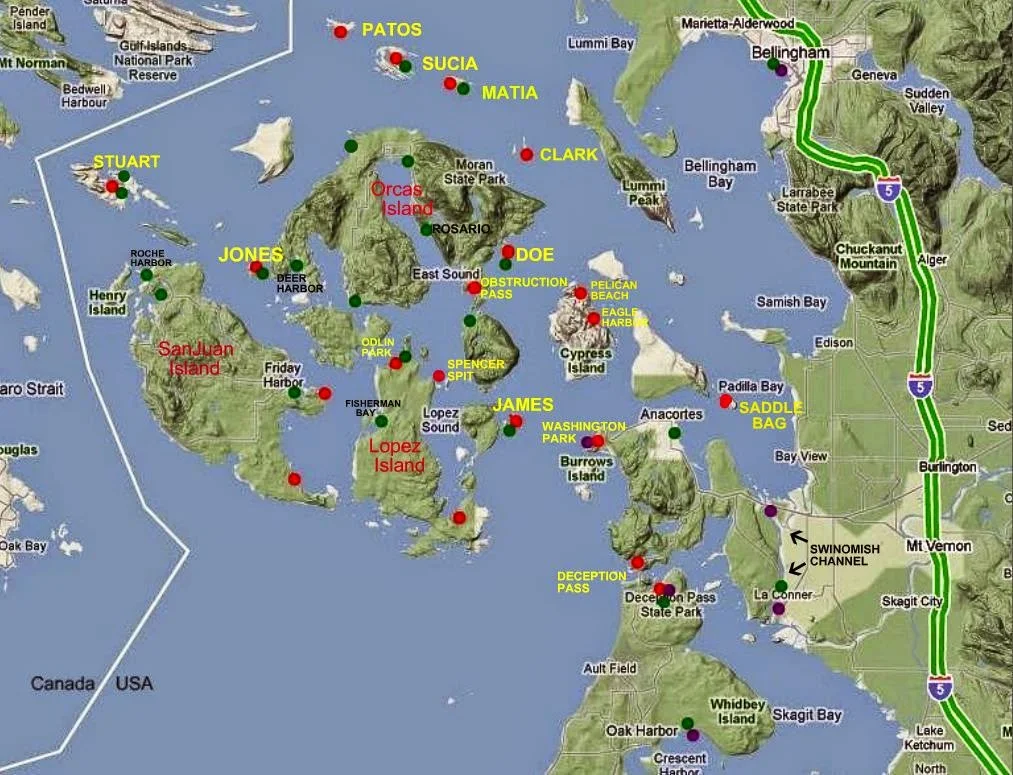Set the brake, turn towards the curb, leave it in reverse and tie the reins with a quick release knot.
These familiar sounding hints may work for some things, and horses, but not boats.
Dock lines
are important, seems like an obvious observation, but I’m astounded at how many
times I see boaters tying up as if they didn’t care about what may be their 1st
or 2nd most valuable possession,
spouses and children excluded of course (for some). Some skippers treat their vessels as if it
were a horse, just throw the line around the hitching rail and she be there,
arrr, when I come back must be their logic. In their defense, some of these boobs cowboys (boobs removed to be pc) have never been anywhere but on their trailer, so dock lines aren’t used. But still, If they can’t tie up their boat, how can the rest of us
trust being around them.
Enough with the rants, every boat needs four or more lines going from the boat to the float. I know, people make exceptions sooner or later, such as, “It was just a five minute stop over to get ice, or the water was so smooth,” that’s fine, you’re the skipper and it’s your call.
Four or more
huh? Let's see, one bow line, one stern line, one spring line to stop forward surges, one spring line to stop backward surges. More lines are needed for nasty
conditions, such as big swells hitting you all night and day, passing boat
wakes, high winds. The condition of your vessel or the docks puny cleats and deteriorating
condition are all clear signs that you may need more lines.
Learn from
others or suffer the expense of learning yourself is a good piece of
advice. I have on one occasion experienced a brand new line chafe through and part in only one night while tied
to an exposed outside float. A new line that rubs on a smooth rounded fiberglass
gel coat will lose the battle in one night if it is snapped taught constantly
by your boats surging. Plus the gelcoat
will suffer in case anyone cares. The answer is loose lines, shock absorbing snubbers,
chafe protection padding or hoses, more lines for when the first one breaks, or
park somewhere else. Of course for short time periods you can order your crew
to stand there and hold the boat off while you buy the beer and ice.
Don't forget to have oversize fenders, but even that wont save your boat if you park somewhere you shouldn't.
Don't forget to have oversize fenders, but even that wont save your boat if you park somewhere you shouldn't.
 |
| Ahoy! |


